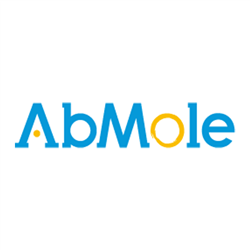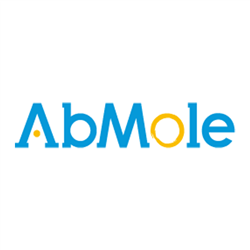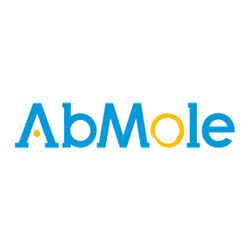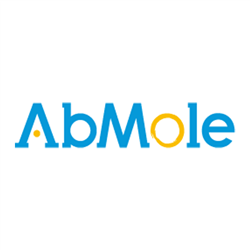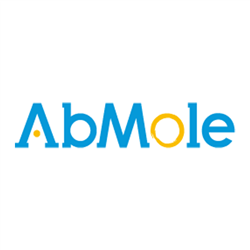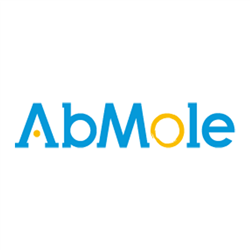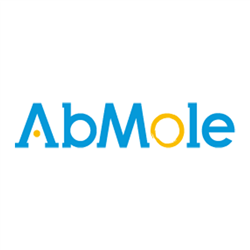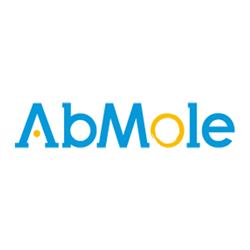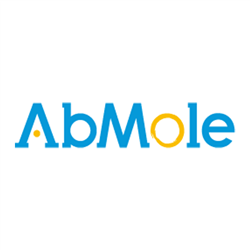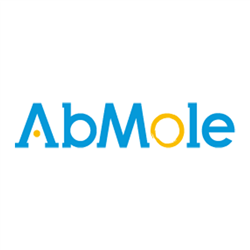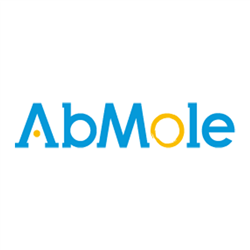Antibody
- Instrumentos
- Agitadores / Agit. Incubadores
- Orbitales
- Con Incubación
- Incubadores Gran Capacidad
- Lineales, Balanceo y 3D
- Incubadores Microplacas
- Para colocar en estufa
- Magnéticos
- Mezcladores /Roller /Rotatorios
- Agitadores de Paletas
- Jeio Tech Accesorios para Agitadores
- Benchmark Accesorios para Agitadores
- N-Biotek Accesorios para Agitadores
- Biosan Accesorios para Agitadores
- Labnet Int. Accesorios para Agitadores
- Vórtex
- Analisis Imagen, animales, plantas, geles
- Balanzas
- Baños Termostáticos
- Cabinas Flujo / Extraccion gases / PCR
- Centrifugas
- Detectores de Radioactividad
- Electroforesis
- Electroquímica
- Equipos Microplacas
- Espectrofotometros
- Experimentacion Animal
- Hornos de Hibridacion
- Homogeneizadores
- Estufas / Equipos calor, frio
- Luminómetros de Tubos
- Microbiologia
- Pipetas / Dispensadores
- Pipetas Labnet Int. Monocanales Automaticos
- Pipetas HTL Monocanales Automáticas
- Pipeta Accumax Mono y Multicanales
- Pipetas Labnet Int. Multicanales
- Pipetas HTL Multicanales
- Pipetas Volumen Fijo
- Pipetas Electrónicas
- Dispensadores
- Dispensadores de Botella
- Pipetas Biosan Monocanales
- Pipetas Biosan Multicanales
- PCR / Tiempo Real (qPCR)l / Cicladores
- QPCR, Sistemas automaticos
- Sonicadores / Ultrasonidos
- Ultracongeladores
- Bombas Jeringa / Vacio / Osmoticas
- Ultracentrífugas
- Micro Array label free
- Contadores de Células
- Contenedores Criogenicos
- Producción agua ultrapura
- Electrospinning
- Agitadores / Agit. Incubadores
- Reactivos
- Consumibles
- Catálogos PDF
Antibody Hay 61873 productos.
Recombinant Rat CXCL1/CINC-1 Protein (E. coli)
Rat CXCL1, also known as CINC-1, is belonging to the CXC chemokine family. CXCL1 may act as a chemoattractant for osteoclast precursors. CXCL1 may also have important pro-nociceptive effects via its direct actions on sensory neurons, and may induce long-term changes that involve protein synthesis.
Anti-human HER-2 mAb
Biological activity: HER2, also known as ErbB2, is a member of the human epidermal growth factor receptor family and plays an important role in signal transduction.
Recombinant Human CD3E (Mammalian, C-Fc)
Recombinant human t cell surface glycoprotein CD3 Epsilon chain is produced by mammalian expression system, and the target gene encoding Asp23-Asp126 is expressed in the C-terminal human IgG1 Fc tag. Protein number: P07766.
Recombinant Mouse Lipocalin-2/NGAL Protein (Mammalian, C-6His)
Lipocalin-2, also known as Neutrophil Gelatinase-Associated Lipocalin (NGAL), is a secretory protein of the lipocalin superfamily. Lipocalin-2 can tightly bind to bacterial siderophore through a cell surface receptor, possibly serving as a potent bacteriostatic agent by sequestering iron, regulating innate immunity and protecting kidney epithelial cells...
Recombinant Mouse IL-12 (Mammalian)
Interleukin-12 (IL-12), also known as NKSF, TCMF, CLMF and TSF, is a heterodimeric cytokine consisting of p35 and p40 subunits. IL‑12 is involved in the differentiation of naive T cells into Th1 cells. It is known as a T cell-stimulating factor, which can stimulate the growth and function of T cells.
Recombinant Human MIP-3α/CCL20 (CHO)
Macrophage Inflammatory Protein-3 (MIP-3α), also known as chemokine (C-C motif) ligand 20 (CCL20) or liver activation regulated chemokine (LARC), is a small cytokine belonging to the CC chemokine family.
Recombinant Mouse Dectin-1 Protein (HEK293, His Tag)
Dectin-1 is the most important receptor for beta-glucan. Dectin-1 can recognize and respond to live fungal pathogens and is being increasingly appreciated as having a key role in the innate responses to these pathogens.
Recombinant Human IL-21 (CHO-expressed)
Recombinant Human IL-21
Recombinant Human HGF (CHO-expressed)
Recombinant human Hepatocyte Growth Factor (rhHGF) , also known as hepatopoietin-A and scatter factor, is a pleiotropic mitogen belonging to the peptidase S1 family (plasminogen subfamily). It is produced by mesenchymal cells and acts on epithelial cells, endothelial cells and haemopoietic progenitor cells.
Etanercept
Etanercept is a dimer fusion protein that binds tumor necrosis factor (TNF) as a TNF inhibitor. Etanercept competitively inhibits the binding of TNF-α and TNF-β to TNF receptors on the cell surface, rendering tumor necrosis factor biologically inactive.
Recombinant Rat IL-12 (Mammalian, C-6His)
Interleukin 12 (IL-12) has important immunological functions. IL12 facilitates hematopoietic stem cell proliferation, induces NK cell proliferation, and potentiates the expansion and late activation of Th1 CD4+ T cells.
Recombinant Human IL-7 Protein (CHO, C-Fc)
Recombinant Human IL-7 Protein (CHO, C-Fc)

